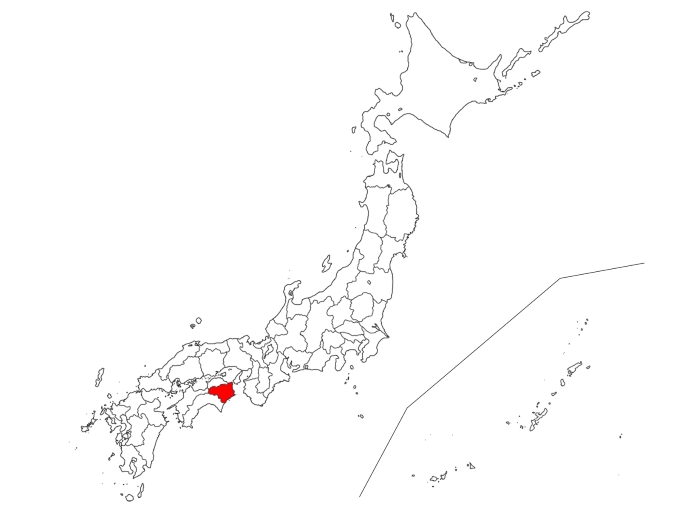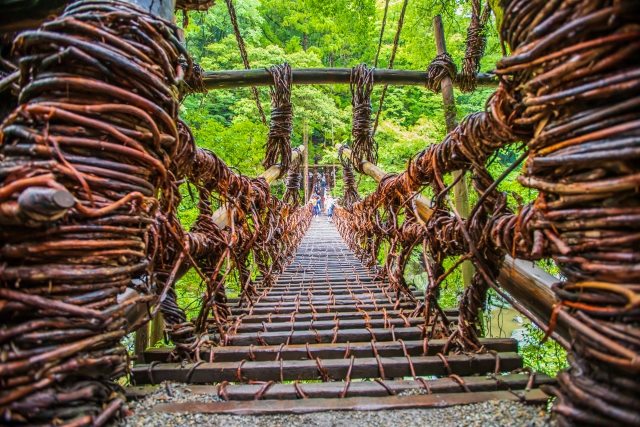Contents
1.Basic Information
Tokushima Prefecture is known as the starting point of the Shikoku Pilgrimage, with attractions like the Naruto Strait whirlpools, Mount Tsurugi, and the Oboke and Koboke gorges. The Awa Dance, a traditional dance festival held every August, has a history of over 400 years and is a major attraction.
Tokushima Castle (Tokushimajyo)
Tokushima Castle, built on Castle Hill, is known for its distinctive garden and mountain fortress. The area is now Tokushima Central Park, featuring the Tokushima Castle Museum, which exhibits the history and art of the Hachisuka clan. Adjacent to the museum is the old Tokushima Castle Omote Goten Garden, where you can experience the atmosphere of the Edo period.
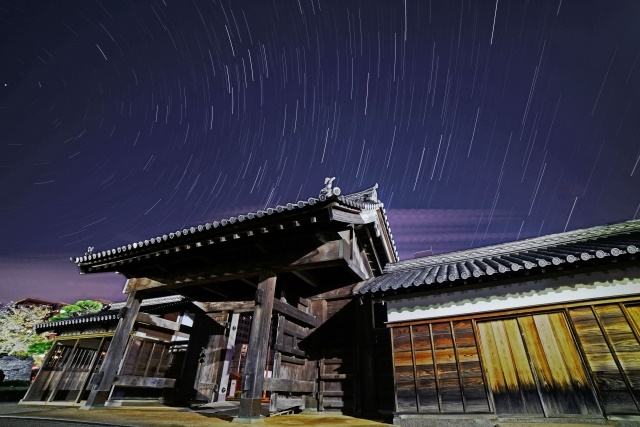
Mount Bizan (Bizan)
Mount Bizan, a symbol of Tokushima City, is a beautiful mountain mentioned in the ancient Japanese poetry collection “Manyoshu.” A ropeway from the 5th floor of the “Awa Odori Kaikan” takes you to the summit at about 290 meters in 6 minutes. The panoramic view from the summit encompasses Tokushima City, the Yoshino River, and the Kii Channel, especially beautiful at night from April to late October.
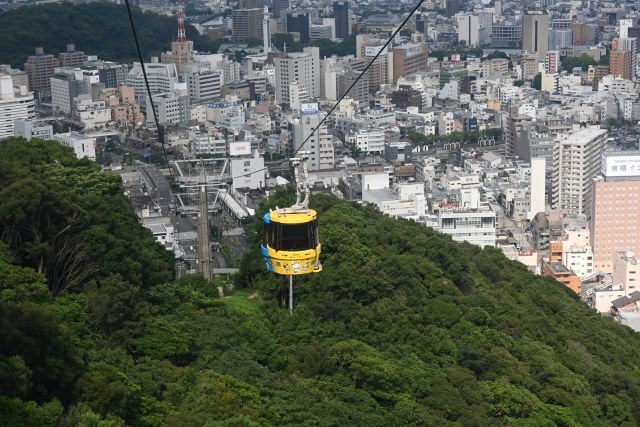
Shikoku Pilgrimage
The Shikoku Pilgrimage involves visiting 88 Buddhist temples in the Shikoku region, associated with Kukai (Kobo Daishi). These temples are the most important pilgrimage sites in Shikoku, starting in Tokushima Prefecture (Awa Province) and covering about 1450 kilometers through Kochi (Tosa Province), Ehime (Iyo Province), and Kagawa (Sanuki Province). It’s a spiritual journey believed to help overcome human desires and is traditionally concluded with a visit to Mount Koya. In Tokushima, temples from Ryozenji (No. 1) to Yakuoji (No. 23) are considered “places of spiritual awakening.”
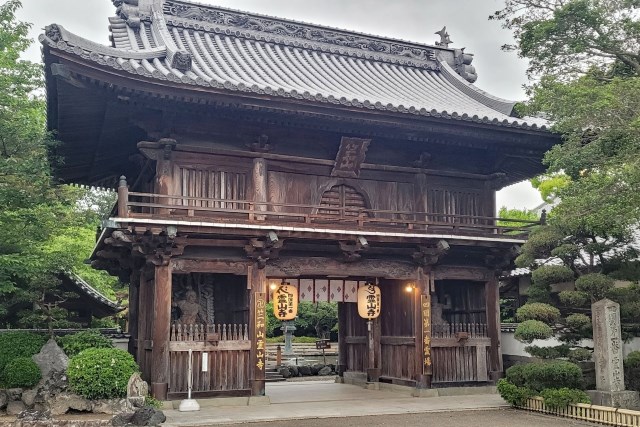
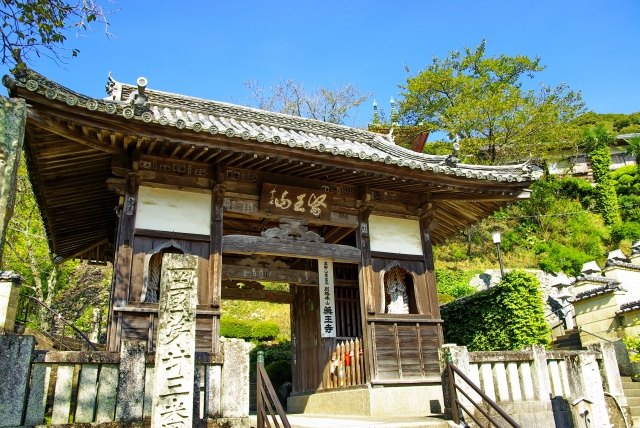
Naruto
Naruto, located between Oge Island of Naruto City and Awaji Island, is famous for its whirlpools. The Onaruto Bridge, spanning these islands, is 1629 meters long. Below the bridge is the Uzu no Michi, a walkway 45 meters above the sea, offering a view of the whirlpools. There’s also an observation room with a glass floor for a close-up view. The whirlpool occurrence varies daily, so it’s recommended to check the tide table on the Uzu no Michi website. Nearby is the Otsuka International Museum, displaying over a thousand Western art masterpieces.
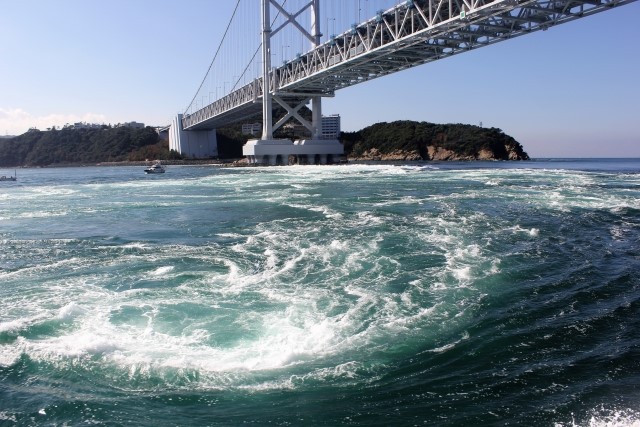
Oboke and Koboke
Oboke and Koboke are gorges formed over 200 million years by the Yoshino River cutting through the Shikoku Mountains, stretching over 8 km. The area is known for its marble-like rocks and V-shaped valley, beautiful during the cherry blossom season in spring and autumn leaves. Activities like rafting and river cruises are popular in the Oboke area.
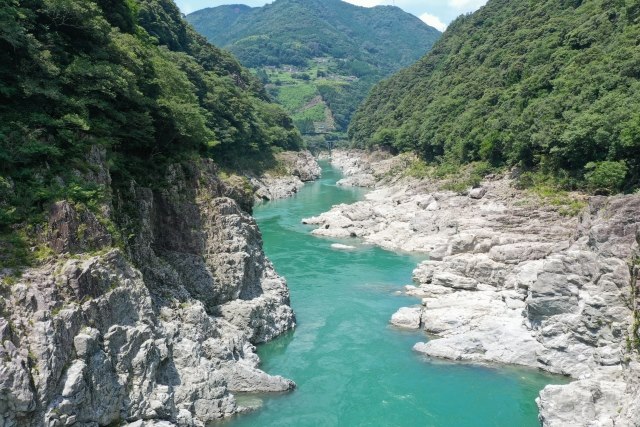
Mount Tsurugi (Tsurugisan)
Mount Tsurugi, the second-highest mountain in Western Japan at about 1955 meters, offers trails for both beginners and advanced hikers. A lift takes you partway up the mountain, where you can enjoy pristine forests and alpine plants. The panoramic view from the summit includes the mountains of Shikoku and the Seto Inland Sea. The mountain showcases different beauties in each season
,fresh greenery in spring, vibrant plants in summer, autumn leaves, and snowy landscapes or rime ice in winter.
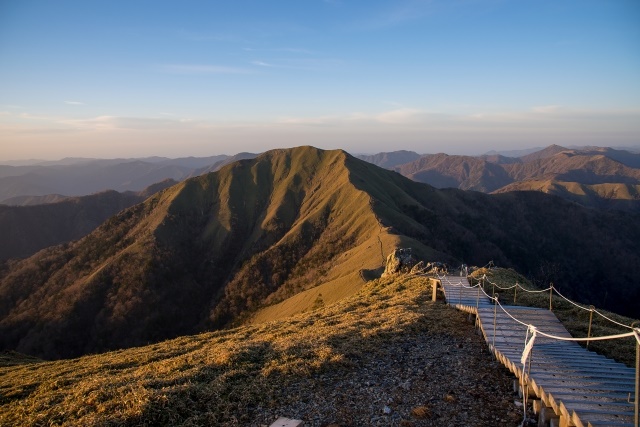
2.Reviews
Awa Dance (Awaodori)
The Awa Dance in Tokushima is one of Japan’s three major Bon dances, with over 400 years of history. Held every August, the dance is known for its rhythmic music and elegant “women’s dance.” Viewing areas are set up in the city center, and the Awa Odori Kaikan offers insights into the dance’s history and culture. Performances happen four times during the day and once at night, and the attached museum displays historical instruments and materials.
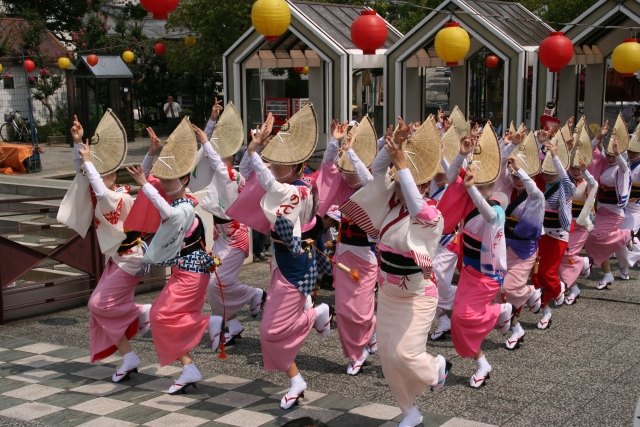
Kazura Bridge in Iya (Iya no kazurabashi)
The Kazura Bridge in Iya, located in Miyoshi City of Tokushima, is a suspension bridge in the deeply forested Iya Valley. This ancient bridge, associated with the Heike clan’s legends, weighs about 6 tons and is made from Shirauchi Kazura plants. Its scenic beauty across the lush valley makes it a popular tourist spot.
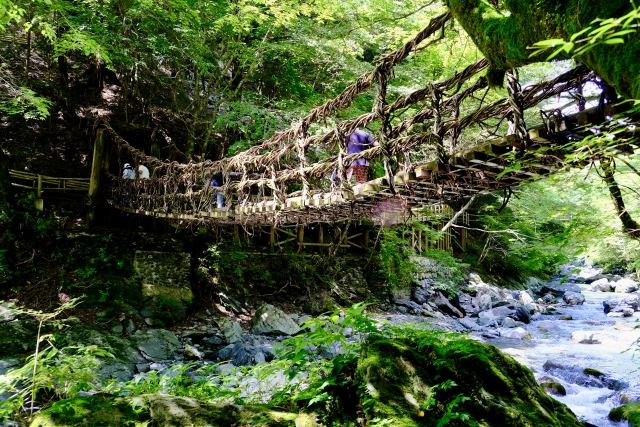
3.Local Food



4.Transportation Information
■ How to Get to Tokushima
Shikoku Tourism Creation Organization Official Website (English, Korean, Simplified Chinese, Traditional Chinese, French)
https://shikoku-tourism.com/access
5.Map Information
